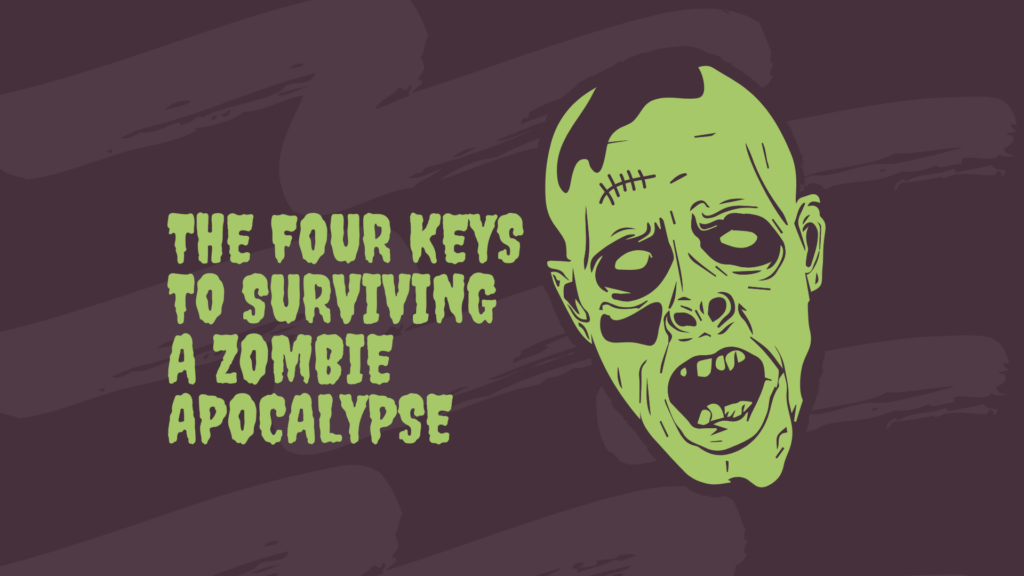Class Emoji Activity: Getting to Know Your Students and How They Communicate

The single biggest problem in communication is the illusion that it has taken place.
– George Bernard Shaw

INTRO
While this activity focuses on (fun/ny) emoji use, its purpose is for you and your students to develop a better understanding of any differences in communication styles that exist, why they exist, and how everyone can work towards better communication and understanding.
OBJECTIVES
- Participate in the class emoji activity
- Discuss and reflect on any differences in communication styles that exist, why they exist, and how everyone can work towards better communication and understanding
RESOURCES
ACTIVITY
- Use the provided Slides OR Form template as-is or modify them as needed
- The Slides are setup to work as interactive Pear Deck Slides, but they can also be used just as regular Slides
- Feel free to also use these as inspiration and create your own activity
- NOTE: We included the 14 emojis used in the provided BuzzFeed article/survey as well as the classic “face with tears of joy” emoji. Feel free to change and/or add to include emojis you feel will resonate with your students or that you’re personally curious about.
- Complete the activity along with your students (or beforehand if needed)
- Highly Recommended: You can also have a group of your peers complete it (i.e. as a PLC activity, etc.) and then compare results/responses with students and staff for deeper reflection opportunities
- Be sure to leave ample time for class discussion and individual reflection
- Remember, even though this should be a fun(ny) activity, it’s primary purpose is for you and your students to develop a better understanding of any differences in communication styles that exist, why they exist, and how everyone can work towards better communication and understanding






Responses